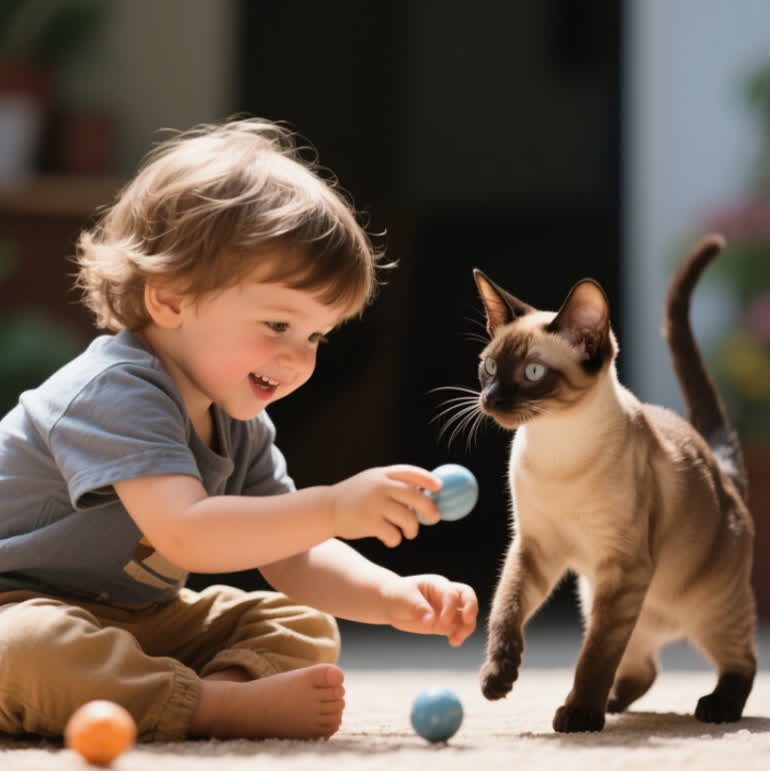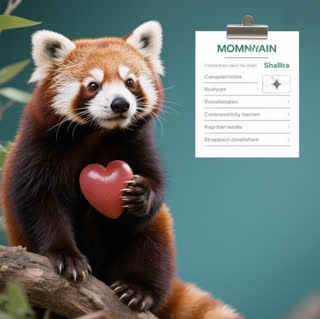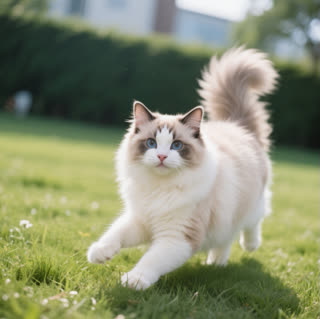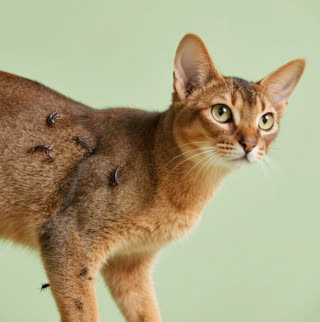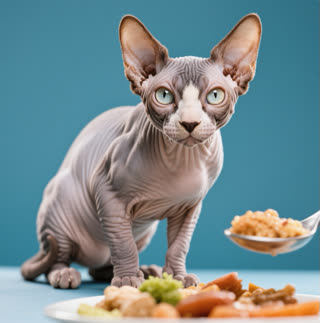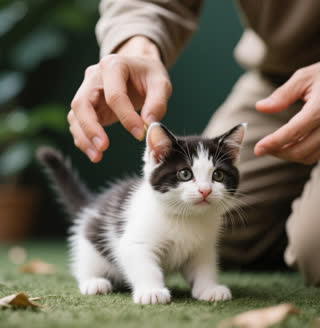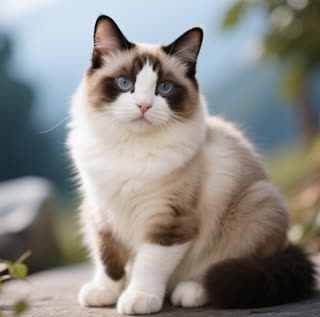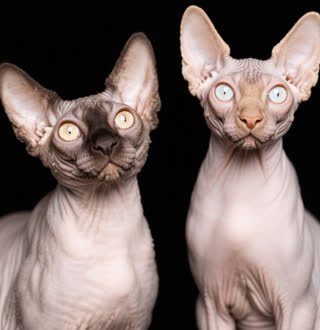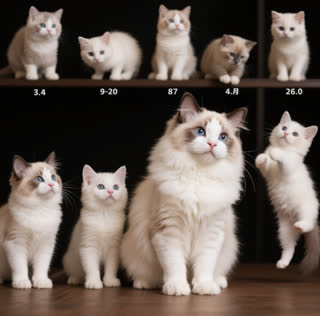The Abyssinian cat breed, renowned for its playful energy and striking ticked coat, is a top contender for families seeking an interactive feline companion. When evaluating Abyssinian cat compatibility with small children, this breed’s curious, affectionate nature and adaptability often shine—but understanding their unique needs is key to fostering harmony. In this guide, we’ll explore why Abyssinians thrive in active households, how to introduce them safely to kids, and actionable tips to ensure a joyful, stress-free bond.
Why Abyssinians Excel with Children
Abyssinians are often called the “dogs of the cat world” due to their loyalty and love for interactive play. Their high energy levels align well with children’s enthusiasm, making them ideal partners for games like fetch or puzzle toys. Unlike more aloof breeds, Abyssinians actively seek human interaction, often perching on shoulders or following family members to observe activities.
Key Traits Enhancing Compatibility:
Playfulness: Their kitten-like demeanor persists into adulthood, encouraging engagement with children who enjoy dynamic play.
Gentle Temperament: Abyssinians rarely exhibit aggression, even when handled by younger kids—though supervision is still advised.
Intelligence: Their problem-solving skills make them adaptable to household routines, reducing stress during noisy or chaotic moments.
Addressing Potential Challenges
While Abyssinian cat compatibility with small children is generally strong, their high activity levels and sensitivity require mindful management:
Overstimulation Risks: Abyssinians may become overwhelmed by toddlers’ loud noises or sudden movements. Teach children to respect the cat’s space and recognize signs of stress (e.g., flattened ears or tail flicking).
Health Considerations: This breed is prone to genetic conditions like Pyruvate Kinase Deficiency (PK-Def) and Progressive Retinal Atrophy (PRA). Ensure your cat comes from a breeder who conducts genetic testing to minimize health-related disruptions in family life.
Creating a Safe Environment
Vertical Spaces: Abyssinians love climbing and observing from heights. Install cat trees or shelves to give them a retreat when they need quiet time.
Interactive Toys: Puzzle feeders and feather wands channel their energy constructively, reducing the likelihood of playful nipping during child interactions.
Litter Box Training: While Abyssinians are fast learners, ensure litter boxes are placed in quiet, child-free zones to prevent accidents.
Step-by-Step Introduction to Children
Supervised First Meetings: Let the cat approach the child voluntarily. Reward calm behavior with treats to reinforce positive associations.
Teach Gentle Handling: Demonstrate how to pet the cat softly, avoiding tail or ear pulling. Use stuffed animals for practice with younger kids.
Routine Play Sessions: Schedule short, structured playtimes to build trust. Abyssinians thrive on predictability, which aligns well with children’s routines.
Health and Grooming Tips for Families
Low-Maintenance Grooming: Their short, ticked coat requires minimal brushing—ideal for busy families. Weekly sessions suffice to reduce shedding.
Veterinary Care: Annual checkups are crucial to detect conditions like Hypertrophic Cardiomyopathy (HCM), which can affect activity levels and compatibility with active kids.
Diet Management: Avoid free-feeding to prevent obesity, a risk factor for joint issues that could limit playtime.
Success Stories: Real-Life Examples
A family in Michigan adopted a 2-year-old Abyssinian named Zara. Initially wary of their 5-year-old son, Zara gradually bonded with him through daily puzzle-toy sessions. Within weeks, she became his “homework buddy,” curling up beside him during study time—a testament to the breed’s adaptability.
Common Myths Debunked
“Abyssinians are hypoallergenic”: While they shed less than long-haired breeds, no cat is truly hypoallergenic.
“They don’t need much attention”: Abyssinians crave interaction; leaving them alone for long periods can lead to destructive behavior.
The Abyssinian cat compatibility with small children hinges on mutual respect, structured routines, and proactive health care. By leveraging their intelligence and affectionate nature, families can cultivate a lifelong bond that enriches both the cat’s and children’s lives. Always source Abyssinians from ethical breeders or rescues to ensure a healthy, well-socialized pet.
